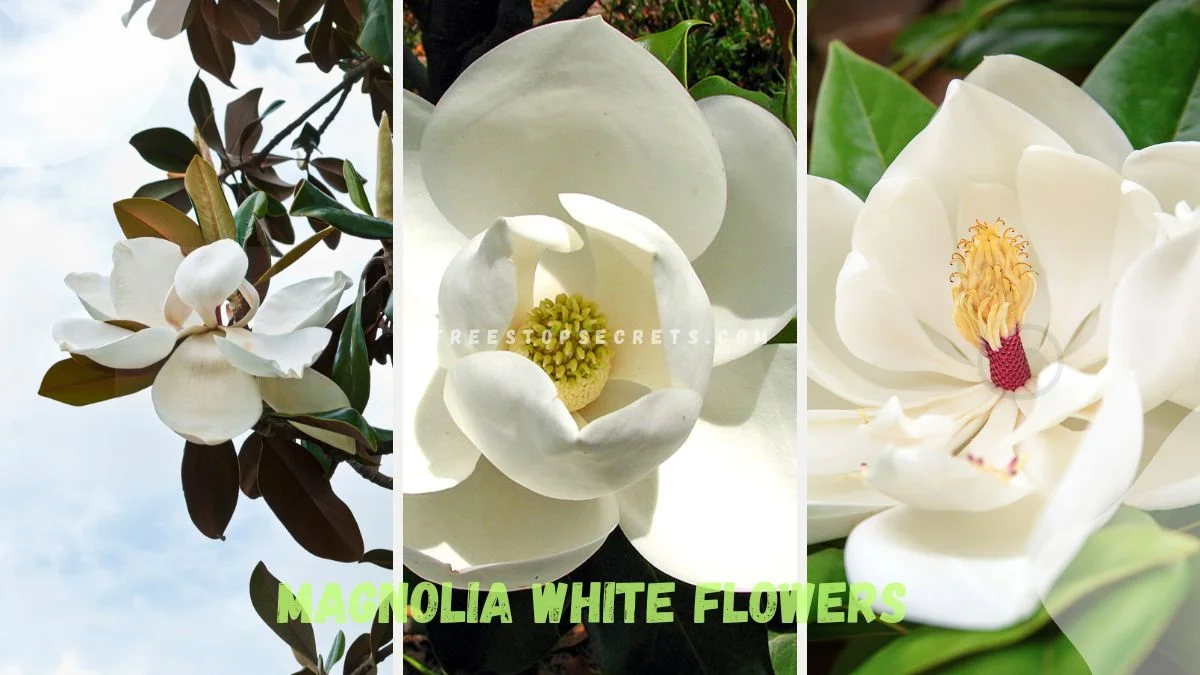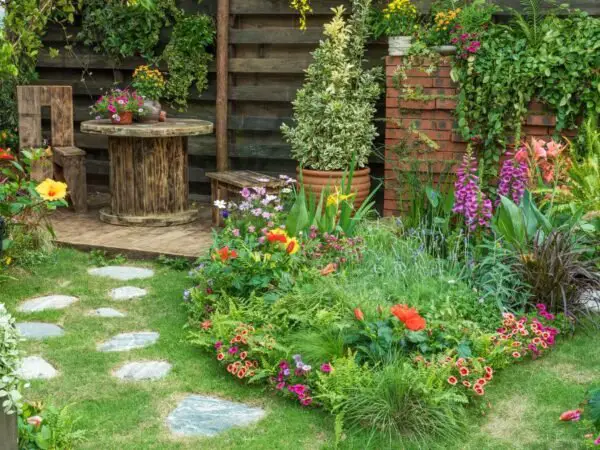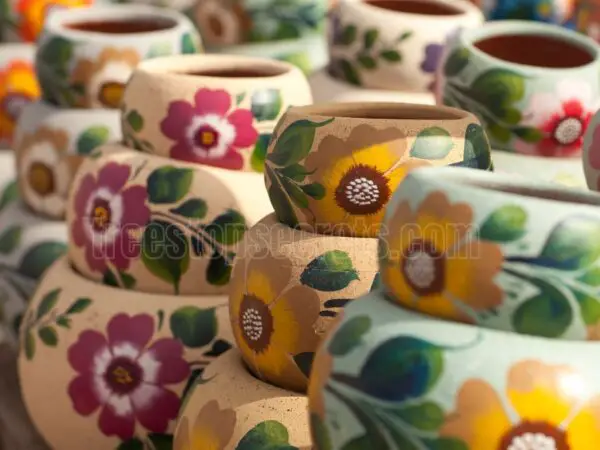The magnolia white flower is a stunning and timeless blossom known for its large, fragrant petals and elegant appearance. If you're looking for expert advice on growing, caring for, or simply appreciating this magnificent flower, you've come to the right place. Whether you're a gardening enthusiast or just beginning to explore the beauty of magnolias, our comprehensive guidance will equip you with everything you need to cultivate and enjoy these remarkable flowers in your garden or home.
The magnolia white flower, scientifically known as Magnolia grandiflora, is renowned for its substantial size, striking white petals, and citrus-like fragrance. Native to the southeastern United States, it thrives in warm climates and well-drained, slightly acidic soil. These flowers bloom in late spring to early summer, providing a spectacular display of white blossoms against dark green foliage. Magnolias prefer full sun to partial shade and require minimal pruning. Ideal planting conditions include a sheltered location away from strong winds to protect the delicate petals.
For more insights into the cultivation, care, and varieties of magnolias, visit our detailed guides and resources. Explore tips on enhancing your garden with these beautiful flowers and discover the best practices for ensuring they flourish.
Key Takeaways
- Care for Your Magnolia White Flowers: Regularly water your white magnolia plants, provide adequate sunlight, and use well-draining soil to ensure their health and vibrancy.
- Incorporate White Magnolias in Your Landscape: Enhance the beauty of your garden by strategically placing white magnolia trees as focal points or borders for a stunning visual impact.
- Be Mindful of Seasonal Care: Adjust your care routine based on the seasons, such as pruning in late winter or early spring and protecting the plants from frost in colder months.
- Addressing Common Issues: Keep an eye out for common problems like leaf spot or scale insects and promptly treat them to maintain the vitality of your magnolia white flowers.
- Promote Sustainability: Support conservation efforts by choosing sustainable gardening practices and native plant species, contributing to a healthier ecosystem.
- Create a Lasting Impact: By understanding the unique characteristics and needs of white magnolias, you can cultivate a thriving garden that showcases the timeless elegance of these beautiful flowers.
Understanding Magnolia White Flowers
Types and Varieties
Magnolia white flowers come in various types, including the Magnolia Grandiflora and Magnolia Stellata. Each type has unique characteristics that make them distinct. For example, the Magnolia Grandiflora features large, glossy leaves and fragrant white blooms. On the other hand, the Magnolia Stellata is known for its star-shaped flowers and compact size. When choosing a magnolia white flower for your garden, consider factors like size, bloom time, and fragrance to ensure the right fit.
- Types of Magnolia White Flowers:
- Magnolia Grandiflora
- Magnolia Stellata
- Characteristics to Consider:
- Bloom Size
- Fragrance
- Growth Habit
Unique Characteristics
The magnolia white flowers are distinguished by their elegant beauty and captivating fragrance. Their large, showy blooms add a touch of sophistication to any garden setting. One standout feature of these flowers is their versatility in landscaping, whether used as focal points or as part of a mixed border. Gardeners appreciate how magnolia white flowers effortlessly elevate the aesthetic appeal of outdoor spaces.
- Gardeners value magnolia white flowers for their:
- Elegance
- Fragrance
- Versatility
Cultivation Tips
To successfully cultivate magnolia white flowers, ensure they receive ample sunlight throughout the day. These flowers thrive in full sun, which promotes healthy growth and abundant blooming. Provide well-draining soil rich in organic matter to support root development. Regular watering is essential, especially during dry periods, to keep the soil moist but not waterlogged. Pruning dead or damaged branches helps maintain the plant's shape and health.
- Essential Tips for Growing Magnolia White Flowers:
- Ensure Adequate Sunlight
- Use Well-Draining Soil
- Maintain Proper Watering Schedule
- Ideal Conditions for Cultivating Magnolia White Flowers:
- Full Sun Exposure
- Rich Organic Soil
- Regular Watering Routine
- Best Practices for Maintaining Healthy Plants:
- Prune Dead Branches
- Monitor Moisture Levels
- Fertilize Sparingly
Popular Varieties Explored
Southern Magnolia
thern Magnolia, known for its large, fragrant white flowers, thrives in warm climates with moist, well-drained soil. These trees can grow up to 80 feet tall and feature glossy green leaves. Southern Magnolias are ideal for landscaping due to their attractive blooms.
The Southern Magnolia's unique attributes include its leathery leaves and velvety brown undersides, adding elegance to any garden. These trees prefer full sun but can tolerate partial shade. To ensure optimal growth, plant them in areas with protection from strong winds.
- Pros:
- Beautiful, fragrant white flowers
- Adds a touch of elegance to landscapes
- Tolerates various light conditions
- Cons:
- Requires regular pruning for shape
- Sensitive to extreme cold temperatures
Bigleaf Magnolia
Bigleaf Magnolia stands out with its huge leaves, reaching up to 30 inches long. The flowers of this variety are creamy white, exuding a delightful citrus fragrance. These plants thrive in moist, acidic soils and require consistent watering.
The distinctive traits of Bigleaf Magnolia flowers include their impressive size and pleasant scent, attracting pollinators like bees and butterflies. To care for these plants, ensure they receive ample water during dry spells and protect them from harsh sunlight.
- Key Information:
- Large leaves up to 30 inches long
- Fragrant creamy white flowers
- Thrives in moist, acidic soils
Star Magnolia
Star Magnolia captivates with its star-shaped blossoms, which bloom early in the spring before the leaves emerge. These flowers boast a lovely fragrance and are perfect for creating a charming focal point in gardens. Star Magnolias prefer well-drained soil and partial shade.
The beauty and features of Star Magnolia lie in its delicate petals that resemble stars, creating a stunning visual display in gardens. Growing these trees requires a location with protection from harsh afternoon sun to prevent leaf scorching.
- List of Examples:
- Star-shaped white flowers
- Early spring blooming period
- Fragrant blossoms
Special Features of White Magnolias
Flower Description
White magnolia flowers are known for their elegant and timeless beauty. These blooms boast a generous size, with petals that unfurl to reveal a stunning, pristine white hue. The fragrance of magnolia white flowers is often described as delicate and refreshing, adding to their allure. What makes the flower of the magnolia tree so captivating is its ability to symbolize purity and perfection in various cultures.
Tree Attributes
Magnolia white trees exhibit graceful growth patterns, with some varieties reaching impressive heights. The sizes of these trees vary depending on the species, ranging from small shrubs to towering giants. The overall appearance of magnolia white trees is characterized by their lush foliage and striking blooms, making them a popular choice for landscaping and ornamental purposes.
- Magnolia white trees have graceful growth patterns.
- Sizes range from small shrubs to towering giants.
- Lush foliage and striking blooms make them ideal for landscaping.
Blossom Traits
The unique traits of magnolia white blossoms include their distinctive blooming season and duration. These flowers typically bloom in early spring, adding a touch of elegance to gardens and parks. To enhance the beauty of magnolia white blossoms, consider planting them in well-drained soil with ample sunlight exposure. Regular watering and fertilization can also promote healthy growth and vibrant blooms.
- Blooming season is typically in early spring.
- Plant in well-drained soil with sunlight exposure for optimal growth.
- Regular watering and fertilization enhance bloom vibrancy.
Care and Maintenance
Soil Requirements
Magnolia white flowers prefer well-draining soil that is rich in organic matter. The soil should have a slightly acidic to neutral pH level. Good soil quality is crucial for the healthy growth of magnolia white blooms. To prepare the soil, mix in compost or peat moss to improve drainage and fertility.
When planting magnolia white flowers, ensure the soil is loose and aerated to promote root development. Regularly check the soil moisture levels to prevent waterlogging, which can lead to root rot. Proper soil preparation and maintenance are essential for the long-term health of magnolia white plants.
Watering Needs
Magnolia white flowers require consistent watering, especially during their establishment phase. Water deeply but infrequently to encourage deep root growth. Avoid overwatering, as it can suffocate the roots and cause fungal diseases. A good rule of thumb is to water when the top inch of soil feels dry to the touch.
During hot summer months, increase watering frequency to prevent drought stress. Mulching around the base of the plant helps retain moisture and regulate soil temperature. Proper watering is key to ensuring the vitality and blooming of magnolia white flowers throughout the growing season.
Pruning Guidelines
Pruning magnolia white trees should be done selectively and minimally. Remove dead or damaged branches to maintain plant health and aesthetics. Avoid heavy pruning, especially in late summer or fall, as it can reduce flower production in the following season.
The best time to prune magnolia white trees is right after flowering in late spring or early summer. Prune lightly to shape the tree and remove any crossing or crowded branches. Proper pruning techniques help maintain a balanced structure and promote new growth for vibrant magnolia white blooms.
Landscaping with Magnolia White Flowers
Design Ideas
When planning your garden, explore creative design ideas that showcase the elegance of magnolia white flowers. Consider planting them as a focal point to create a stunning visual impact. Mix different varieties of magnolia grandiflora to add depth and texture to your landscape.
Create a harmonious balance by pairing magnolia white flowers with evergreen shrubs like boxwood or yew. This combination provides year-round interest and contrasts beautifully with the purity of the white blooms. Planting magnolias near water features can enhance their beauty, reflecting their delicate petals in the water.
To achieve visually appealing arrangements, mix magnolia white flowers with colorful perennials like hydrangeas or azaleas. This creates a vibrant display that changes with the seasons. Incorporate pathways lined with white gravel to highlight the magnolia's pristine blossoms.
Companion Plants
Discover the suitable companion plants that complement magnolia white flowers and enhance their growth. Consider planting ferns or hostas beneath magnolia trees to create a lush underplanting that thrives in the shade provided by the tree's canopy. These plants not only add visual interest but also help retain moisture in the soil.
Pairing magnolia white blooms with spring bulbs such as daffodils or tulips can create a stunning early-season display. The bright colors of the bulbs contrast beautifully with the white magnolia flowers, adding depth and dimension to your garden. Planting fragrant herbs like lavender near magnolias can attract beneficial insects while providing a sensory experience.
Understand the benefits of companion planting for magnolia white flowers, including improved pollination and pest control. Plants like bee balm or coneflowers attract pollinators that benefit both the magnolias and surrounding plants. Companion planting also promotes biodiversity in your garden, creating a healthier ecosystem.
Seasonal Care Guide
Spring Tasks
Spring is a crucial time for magnolia white flowers. Start by pruning any damaged branches to promote new growth. Ensure adequate watering to support blooming. Apply a balanced fertilizer to boost flower production.
In spring, it's essential to inspect for pests like aphids and scale insects. These can harm the plant if left unchecked. Mulching around the base helps retain moisture and regulate soil temperature.
- Prune damaged branches
- Water adequately
- Apply balanced fertilizer
- Inspect for pests
- Mulch around the base
Summer Care
During summer, focus on maintaining consistent watering to prevent stress on the plant. Use a slow-release fertilizer to sustain growth throughout the season. Protect magnolia white flowers from intense heat with shade cloth or by planting them in a spot with partial shade.
To ensure optimal health, avoid over-fertilizing as this can lead to burnt roots. Regularly check for signs of disease, such as leaf spots or powdery mildew.
- Water consistently
- Use slow-release fertilizer
- Protect from intense heat
- Avoid over-fertilizing
- Check for signs of disease
Fall Preparations
As fall approaches, focus on preparing magnolia white flowers for the colder months ahead. Start by pruning dead branches and removing any fallen leaves around the plant. Applying a thick layer of mulch helps insulate the roots during winter.
Consider wrapping young trees with burlap to shield them from harsh winter conditions. Reduce watering frequency as the plant enters dormancy.
- Prune dead branches
- Remove fallen leaves
- Apply thick mulch
- Wrap young trees with burlap
- Reduce watering frequency
Common Issues and Solutions
Pests and Diseases
Pests and diseases can pose significant threats to magnolia white flowers. Common pests that affect these plants include aphids, scale insects, and spider mites. These pests feed on the plant sap, leading to stunted growth and yellowing leaves.
To prevent pest infestations, regularly inspect your magnolia white flowers for any signs of pests. Prune affected areas and remove any visible pests by hand. You can use insecticidal soap to control small infestations effectively.
Signs of pest damage in magnolia white plants include discolored leaves, sticky residue on the leaves, and distorted growth. Yellowing or browning of leaves can also indicate a pest problem. Prompt action is crucial to prevent further damage.
Weather Damage
Extreme weather conditions can also impact magnolia white flowers. Frost can damage the delicate blooms, leading to browning or wilting. Strong winds can break branches and scatter petals, affecting the overall appearance of the plant.
To protect magnolia white flowers from weather damage, consider covering them with a cloth or sheet during frost warnings. Planting them in a sheltered area can also provide some protection against harsh winds.
Weather damage can weaken the health of magnolia white blooms, making them more susceptible to pests and diseases. Proper care after weather events, such as watering and fertilizing appropriately, can help the plants recover.
Conservation and Sustainability
Eco-Friendly Practices
When cultivating magnolia white flowers, opt for organic fertilizers to reduce pollution from harmful chemicals. Implement composting to enrich the soil naturally, fostering a healthier environment for the plants. Consider rainwater harvesting as an eco-conscious way to water your magnolia white flowers.
Support sustainable gardening by practicing integrated pest management, which minimizes the need for pesticides. Utilize natural predators like ladybugs to control pests organically, promoting a balanced ecosystem in your garden. By avoiding synthetic chemicals, you contribute to a healthier environment for all living organisms.
Supporting Biodiversity
Magnolia white flowers play a crucial role in supporting biodiversity by attracting various pollinators like bees and butterflies. These plants provide nectar and habitats for different species, contributing to the overall health of ecosystems. Preserving magnolia white flowers helps sustain diverse wildlife populations.
The presence of magnolia white flowers enhances ecosystem stability by creating a harmonious balance among different organisms. This balance leads to increased species richness and overall ecological resilience, crucial for maintaining healthy ecosystems. By supporting biodiversity through magnolia white flowers, you actively participate in preserving nature's intricate web of life.
Summary
Understanding the beauty and uniqueness of magnolia white flowers, exploring popular varieties, learning about their special features, and understanding how to care for them can enhance your landscaping efforts. By following a seasonal care guide, addressing common issues promptly, and considering conservation and sustainability practices, you can ensure the longevity and vibrancy of your magnolia white flowers. Remember to apply these insights in your gardening endeavors to create a stunning outdoor space that showcases the elegance of these blossoms.
Frequently Asked Questions
What are the main characteristics of Magnolia white flowers?
Magnolia white flowers are known for their large, fragrant blooms with a creamy white color. They typically have a waxy texture and bloom in early spring.
How can I best care for Magnolia white flowers?
To care for Magnolia white flowers, ensure they receive full sun to partial shade, well-draining soil, regular watering, and occasional pruning to maintain shape and health.
Which popular varieties of Magnolia white flowers should I consider planting?
Popular varieties of Magnolia white flowers include Magnolia stellata, Magnolia denudata, and Magnolia grandiflora. Each offers unique features and benefits for your garden.
How can I effectively landscape with Magnolia white flowers?
When landscaping with Magnolia white flowers, consider planting them as focal points in your garden, creating a stunning contrast against green foliage or using them to line pathways for a dramatic effect.
What are some common issues faced when growing Magnolia white flowers and their solutions?
Common issues when growing Magnolia white flowers include leaf spots, scale insects, and poor flowering. Solutions involve proper pruning, addressing pests promptly, and ensuring optimal growing conditions.
Image Source: Paid image from CANVA




